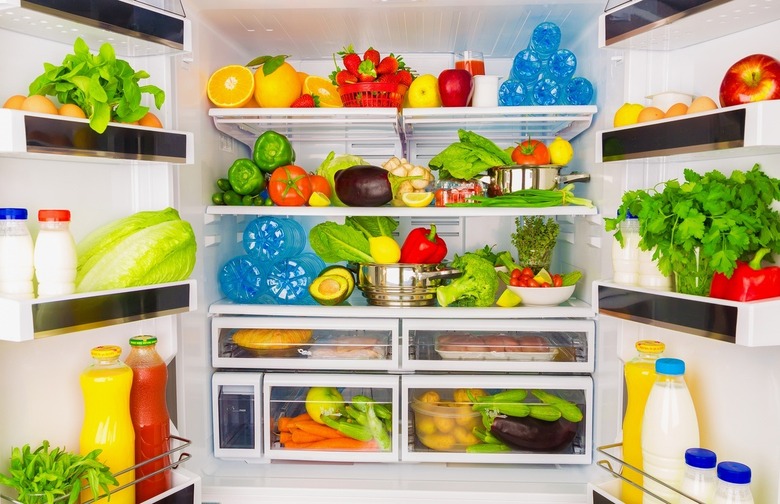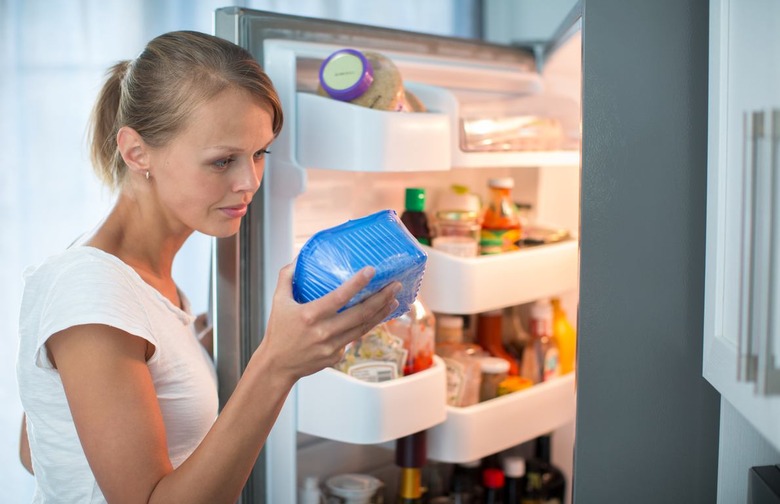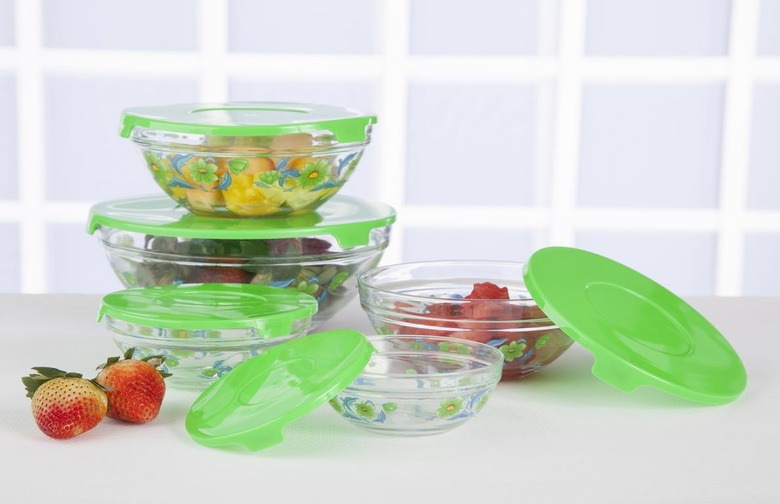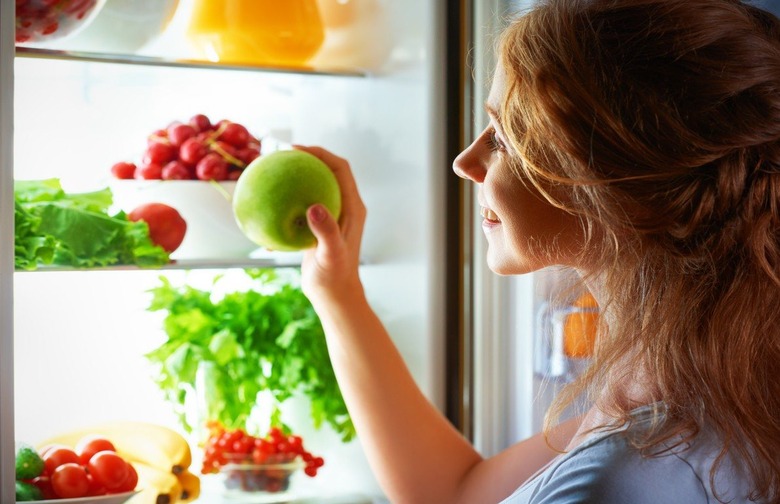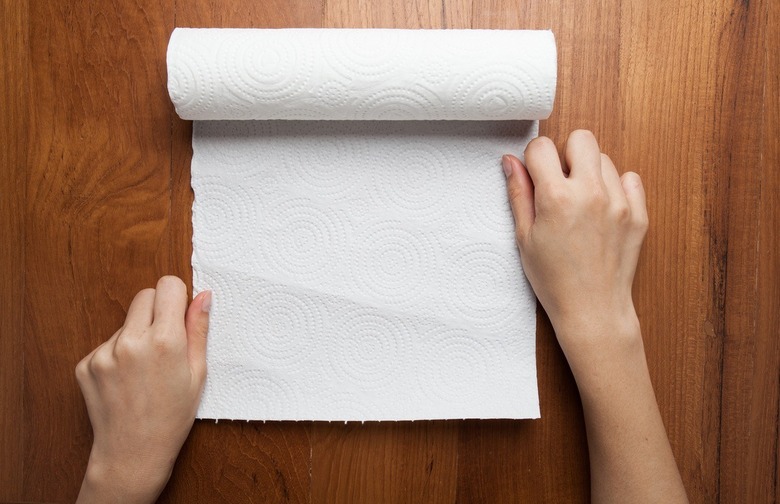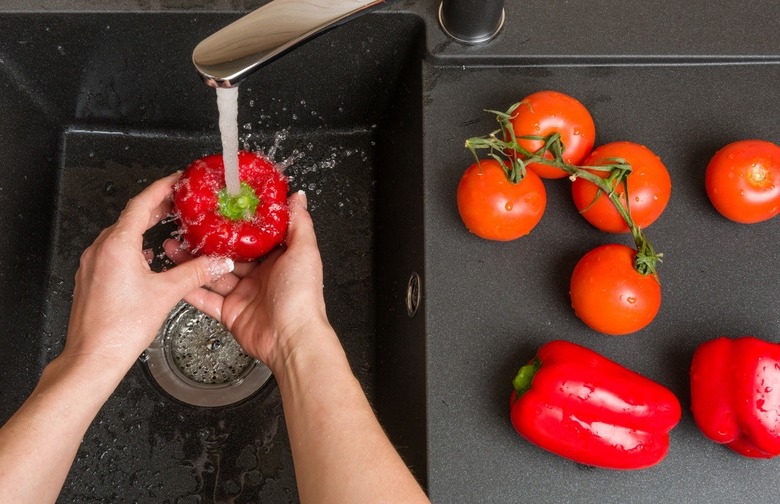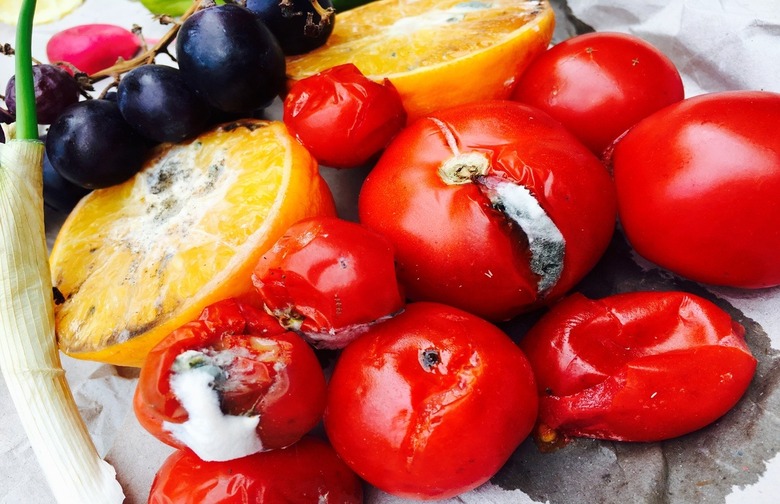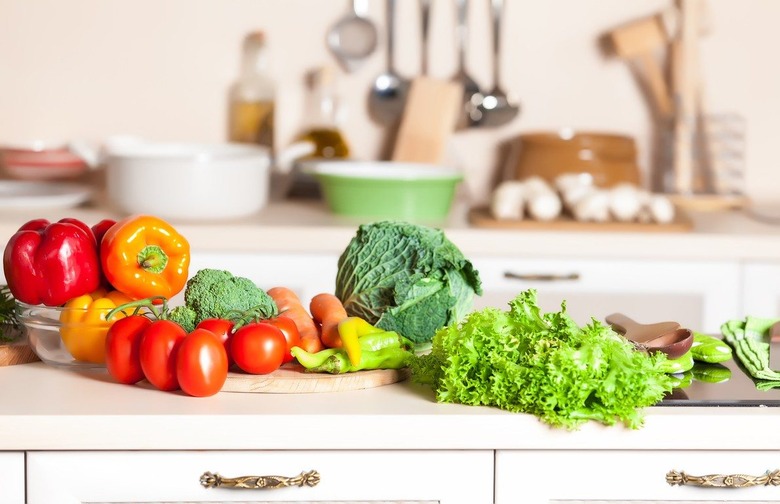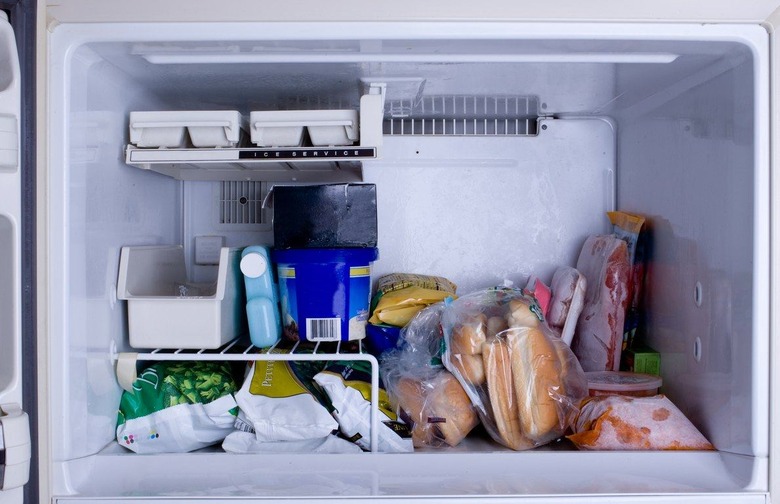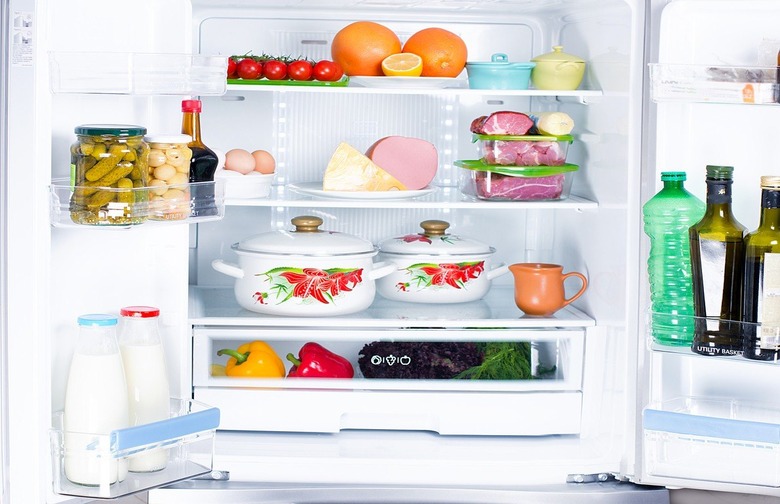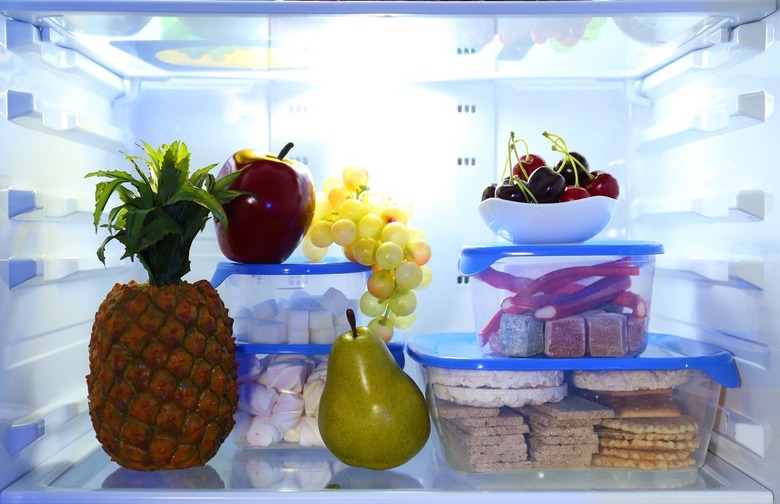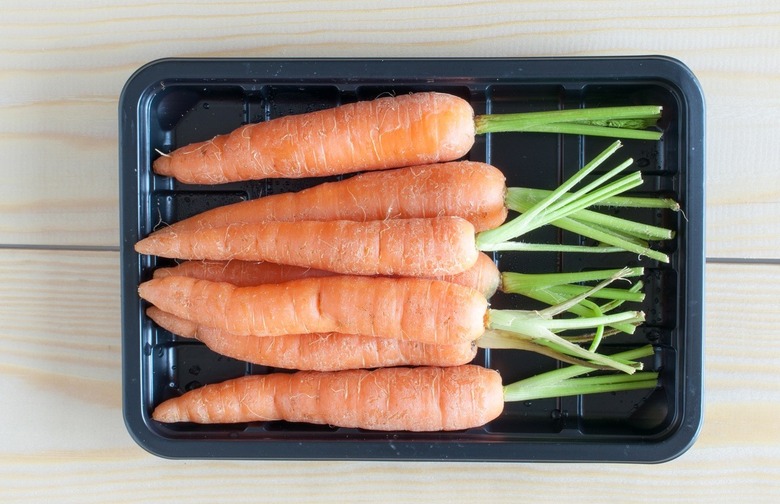Eat Better And Save Money With These Refrigerator Tips
There are few household occurrences sadder than reaching for something to eat in your fridge and finding it covered in mold, or soaked and sticky from a container leakage.
How many times has a messy and crowded refrigerator foiled your eating plans like this? How much food is thrown in the garbage because it was unknowingly left to slowly perish behind that jar of who knows what?
The Daily Meal reported on a study earlier this year that found that the average American wastes about $400 worth of food every year — that's enough food to provide three meals a day for 172 million people and to lift 10 times that amount out of hunger.
Keeping a clean and organized fridge will not only help you avoid dangerous cross-contamination, but it will also help to stave off bacteria growth like mold, help you save money on food, and help you be better consumer overall.
Feed your belly, not the trash, and check out these eight essential refrigerator organization techniques.
Follow “FIFO”
"FIFO" stands for "first in, first out." This is a common-sense idea that calls for using the oldest ingredients first — so finish up that last bit of milk before opening the next carton.
Invest in Good Containers
Buy quality food containers to store your food. High-quality containers will help your produce and leftovers last longer by protecting them from exposure to bacteria, air, and moisture. Better containers will also make your food taste better since the produce won't absorb flavors and odors of nearby foods.
Know Which Foods Emit Ethylene Gas and Which Foods Are Sensitive To It
Fruits and vegetables produce ethylene gas, a hormone that expedites the ripening process. Some foods like apples, tomatoes, potatoes, bananas, and most other fruits emit large amounts of ethylene and should not be stored next to — and never in a bag with — ethylene-sensitive foods like leafy greens, carrots, cauliflower, herbs, or squash.
Line Drawers With Paper Towels
Paper towels have the power to absorb excess water expelled by your produce. By drawing away this moisture, veggies will stay firm and be less prone to spoilage.
Don’t Wash Until You Are Ready to Eat It
Bacteria loves moisture so washing your foods before storing them can actually help mold to grow and spread.
Be on the Look-Out For Mold
It's said that one rotten apple can spoil the whole bunch, and this also holds true for other fruits and vegetables. If you see a leaf of a scallion looking old or one berry starting to spoil remove it from the bunch; sacrifice one in order to save the others.
Know What Should Be In The Refrigerator Or Left Out On The Counter
Did you know that cucumbers hate the cold? Frigid temperatures degrade the cell structure in foods like cucumbers, tomatoes and onions making them soft and mushy so keep these items out on the counter or in the pantry.
Make Room in Your Freezer
The icy cold can help you save food that you aren't quite ready to eat. Freeze a loaf of bread, extra herbs, and even brown sugar to keep it from hardening. Your freezer can extend the life of most products, but be sure to package the food carefully and store it in quality containers to avoid freezer burn.
Organize Your Fridge by Recommended Cooking Temperature
Organizing your refrigerator by recommended cooking temperature helps you to avoid dangerous cross-contamination. Store ready-to-eat foods on the top shelf and meats on the bottom shelf; this way, if meat juices leak from the packaging, they won't harm other foods with lower recommended internal cooking temperatures. Use this guide from the USDA, and be smart about your food placement.
Store Food in Clear Containers
Hey, what's that thing in wrapped in foil way back there? Oh, you don't know? By storing foods in clear containers you know exactly you have on hand and nothing is forgotten in the dark depths of your refrigerator.
Store Some Foods With a Little Water
When placed in cold water, formerly limp vegetables are shocked back to a crispy life. You can store herbs, carrots, and scallions like a bouquet of flowers placing the root end of the vegetable in a small amount of water. Carrots, as well as celery, can also be stored completely submerged in water; this way, they won't dry out or wilt.
